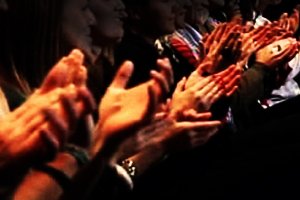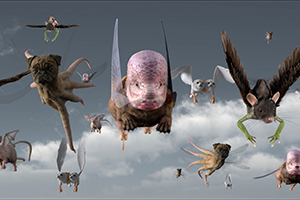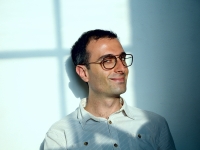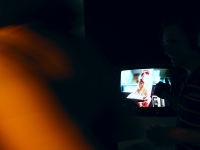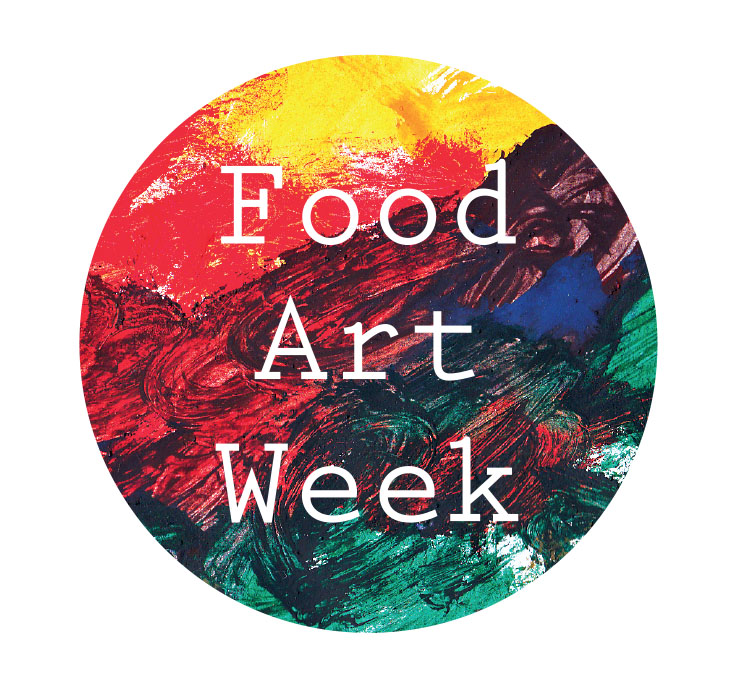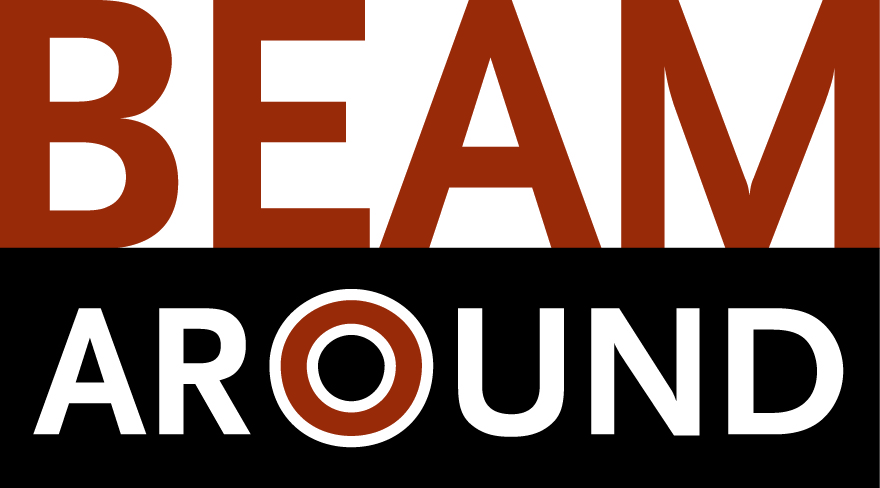For Food Art Week 2017 MOMENTUM presents:
FLESH on FLESH
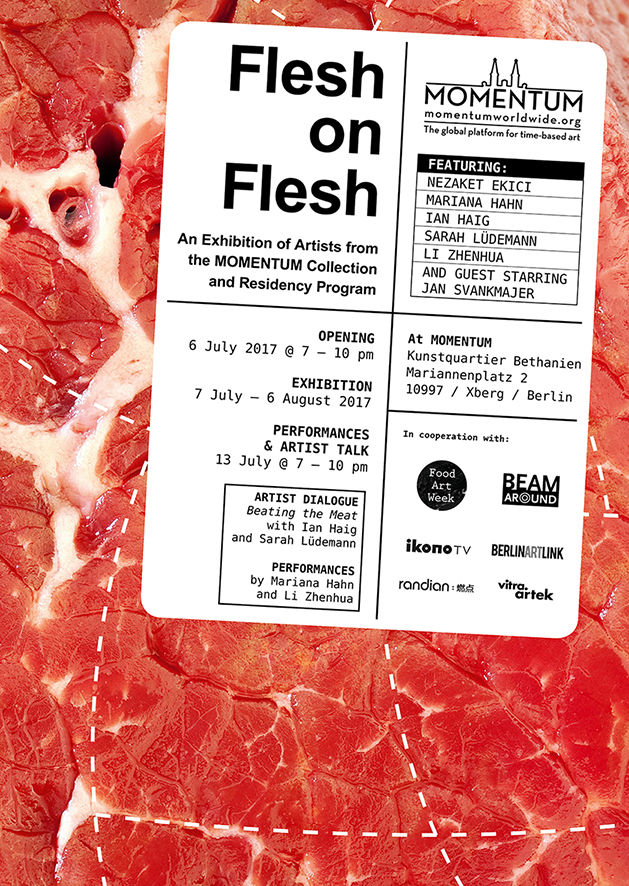
An Exhibition of Artists
from the MOMENTUM Collection
and Residency Program
Featuring:
Nezaket Ekici, Mariana Hahn, Ian Haig, Sarah Lüdemann, Li Zhenhua
and guest starring Jan Svankmajer
OPENING
6 July 2017 @ 7-10pm
EXHIBITION
7 July – 6 August 2017
ARTIST TALK with CONCEPTUAL COOKING
13 July @ 7-10pm
BEATING THE MEAT
with
Nezaket Ekici, Mariana Hahn, Ian Haig, Sarah Lüdemann, and Li Zhenhua
WATCH THE VIDEO HERE >>
@ MOMENTUM
Kunstquartier Bethanien
Mariannenplatz 2, Berlin
 |
In Cooperation With
In 2017 with the theme “vs. Meat”, Berlin Food Art Week addresses topics such as human and animal rights, conscious consumption, environmental issues and sustainability. We are many, and as we all must eat, our diet has a huge influence on our environment. How we deal with our nature and animals, the overproduction, food quality, the impact on the planet and its cultures? These are the issues that are brought to the stage, using art and food to bring attention and awareness.
Inverting the vegetarian premise of this edition of Food Art Week, MOMENTUM uses the occasion of our partnership to engage with five artists from the MOMENTUM Collection and our Artist Residency Program (MOMENTUM AiR) who work with meat as an artistic medium, and as an effective commentary upon cultural practices and taboos. Raw meat, the very visceral building block of all animal life, whether in a kitchen or under a surgeon’s knife, is a substance which in some elicits hunger, in others disgust. Indifference is not an option – especially in this exhibition where the artists each in their own way, some gruesome and others humorous, subvert the loaded meanings of meat.
Please scroll down for detailed descriptions of the artists and their works:
Berlin/Bremen-based German artist Sarah Lüdemann bases her practice on repetition and the act of looking. Her non-narrative video installations and performances can simultaneously take on epic form and repeat a single gesture or action until it looses its original purpose and gains a new, underlying meaning. Lüdemann’s work demands concentration and the willingness to look beyond surfaces, a practice that requires both the artist’s and the viewer’s engagement over time. This extended period of visual reflection and subsequent delayering of identity mirrors the process of psychological examinations of self, social and gender roles, religious beliefs, rituals and modes of perception and (re)presentation. Usually quiet but gently and cunningly persistent, Lüdemann’s works insist on an authorial presence that forcefully and consistently questions power structures within hierarchical systems. Through her works, she examines the nature of communication, language, movement and ideologies.
At the same time conceptual and sensual, her pieces embrace both mind and body, effectively inviting a holistic engagement with dislocated meanings. Lüdemann finished an MA in Fine Art at Central Saint Martins/Byam Shaw in 2011. In 2009 she was selected for an influential residency with Mona Hatoum. She has additionally been awarded the South Square Trust Award and was shortlisted for the Arts & Humanities Research Council BGP Award in 2010. Her work has been exhibited widely and internationally, including at Printed Matter, New York / Goethe Institute Cairo, Egypt / Collegium Hungaricum, Berlin / Hayaka Arti, Istanbul, Turkey / Trafo, Szczecin, Poland / LYON Biennale de la Danse, La lavoir public, Lyon, France / Museum Villa Rot, Burgrieden, Germany / HDLU, Zagreb, Croatia / October Salon, Belgrade, Serbia / and multiple shows at Momentum Worldwide.
Schnitzelporno (2012)
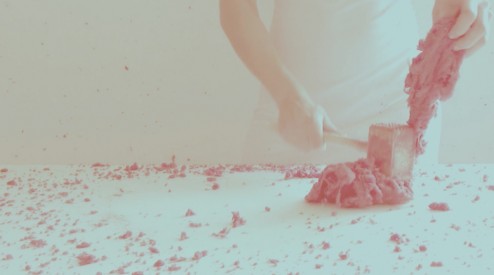
Commissioned for MOMENTUM’s first emerging artist series, About Face, held in Berlin (2012) and London, Schnitzelporno is a durational performance-for-video in which an unidentifiable Lüdemann beats a piece of meat for a total of two hours. This physically taxing action, which begins with the pristine, white-clad figure sensually stroking the meat’s surface, eventually ends in the steak’s total demolition. Slowed down to three hours of video and artificially lightened, the final, washed-out video disconcertingly emphasizes the separation between soft, caressing gestures and the brutality of the action itself. Each initial stroke strips away the immediacy of the violence – an act that, when paired with an understanding of the meat as bodily metaphor, calls into question the viable limits of (female) identity shaping. What happens, Lüdemann asks, when this familiar, formative action is repeated without end?
“The idea of making, shaping and even distorting your body and hence your ‘self’ in order to create a loveable, admirable, respectable etc. (re)presentation of ‘self’ suggests a desire to control and a degree of violence and brutality towards oneself.
In Schnitzelporno I abstract the body into flesh, into meat, which I modify by means of a tenderizer. The tool itself already bears an outlandish idea, i.e., to beat something in order to make it soft and tender. The tool and its original purpose is further taken ad absurdum, for I do not stop beating the piece of meat until it is entirely erased, until I am NObody. Initially the imagery of the video installation is poetic and beautiful; slowly it becomes repetitive and eventually revolting, disgusting and absolutely brutal.”
Installed as large projection, the sound in Schnitzelporno is overwhelming; each stroke of the tenderizer reverberates strongly and with a deep base that imbues the space, to the extent that it causes physical vibrations. The sound must be played through high quality speakers, either directed into the space, or installed inside a bench so that viewers sitting on it can literally feel the vibrations from below.
Nezaket Ekici’s video, installations and performances are often process-based and ask viewers to derive their own emotional and intellectual interpretations. In her work, complex, often controversial topics are suspensefully countered by their aestheticizing presentation. Ekici frequently uses her own Turkish origins and education as a subject of tension, pitting her background against her living environment in present-day Germany. Cultural, geographic and individual boundaries, transgressions, gender, cross-border connections and authorial bodies are central to Ekici’s works. By highlighting these themes in everyday life and placing them in a new context, she aims to interconnect every element to form a total work of art — a Gesamtkunstwerk.
Born in Kırşehir, Turkey in 1970, Ekici studied art pedagogics, sculpture and performance in Munich and Braunschweig, Germany. She then began working with performance and completed a master’s degree in Performance Art with Marina Abramovic. She has exhibited internationally, with a total of more than 120 different performances on 4 continents in more than 100 cities and 30 countries. In 2016-17, Nezaket Ekici is a fellow of the prestigious Villa Massimo Residency of the German Academy in Rome. She currently lives and works in Berlin and Stuttgart.
Flesh (no pig, but pork) (2011)
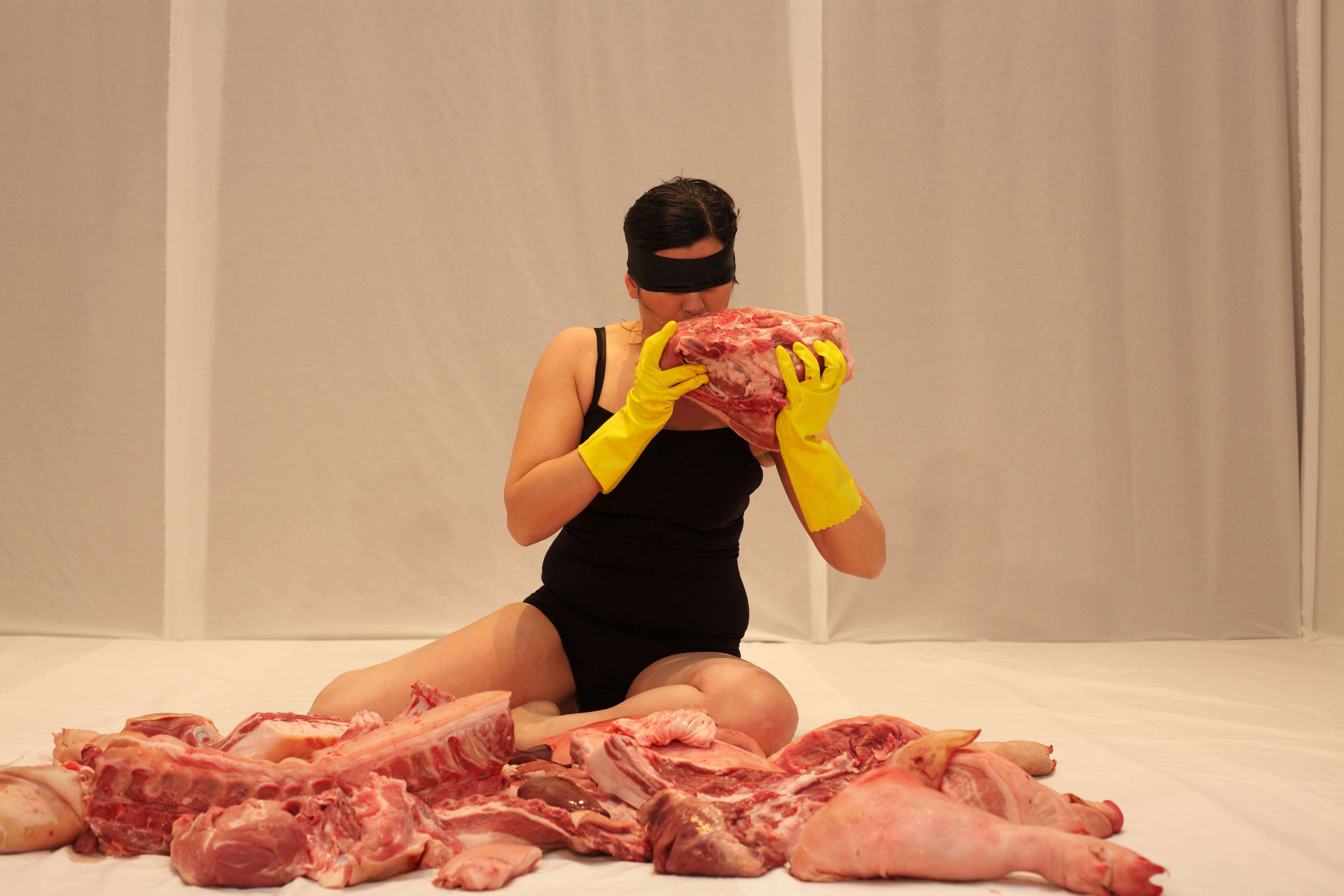
Credits:
Performance Installation since 2011,
originally presented at: Performance Festival, Dani hrvatskog performansa , Varazdin, 5-8.5.2011
Photo by: Edoardo Tomaselli. Camera by: Vedran Hunjek.
Edited by: Branka Pavlovic
16:9 HD, mov/Mp4, Color, Sound 9:35 min.
Duration of the Live Performance: 45 min.
The artist kneels in a pile of pork from freshly slaughtered pigs. She wears safety goggles and rubber gloves which refer to the Islamic law forbidding the touching and eating of pork. She holds up pieces of meat and sniffs at them as if to ascertain why the law exists. The sound of her breathing is amplified by a microphone and is clearly audible throughout the room. The work is a direct reference to her piece No Pork but Pig (2004) in which she spent several hours in a small pen with a living pig.
For over 15 years Nezaket Ekici has pursued performative and participatory strategies in her artistic practice. In doing so she consistently faces up to the image of a woman and an artist between cultures. Born not far from Ankara, socialised within the narrow circle of her Turkish family in Germany, she explores the limits of what is physically possible in her projects, radically committing her own body to her artworks.In Flesh, (No Pig but Pork), she targets the taboos and traditional rituals of the Islamic world, donning Lady Justice‘s blindfold, a black negligée and yellow rubber gloves to wallow in pork meat, sniffing the forbidden raw flesh.
Ian Haig is an Australian artist who, since 1994, has worked as a Senior Lecturer in Media Art and Expanded Studio Practice at the School of Art at the Royal Melbourne Institute of Technology (RMIT). His work has been exhibited in galleries and video/media festivals around the world, including exhibitions at: The Australian Centre for Contemporary Art, Melbourne; The Ian Potter Museum of Art, Melbourne; The Experimental Art Foundation, Adelaide; The Australian Centre for the Moving Image, Melbourne; Gallery of Modern Art, Brisbane; The Museum of Modern Art, New York; Artec Biennale – Nagoya, Japan; Centre Georges Pompidou, Paris; Art Museum of China, Beijing; Museum Villa Rot, Burgrieden-Rot, Germany. In addition his video work has screened in over 120 Festivals internationally. In 2003 he received a fellowship from the New Media Arts Board of the Australia Council and in 2013 he curated the video art show Unco at The Torrance Art Museum in Los Angeles.
Ian Haig works across media, from video, sculpture, drawing, technology-based media and installation. Haig’s practice refuses to accept that the low and the base level are devoid of value and cultural meaning. His body-obsessed themes can be seen throughout a large body of work over the last twenty years. Previous works have looked to the contemporary media sphere and its relationship to the visceral body, the degenerative aspects of pervasive new technologies, to cultural forms of fanaticism and cults, to ideas of attraction and repulsion, body horror, the defamiliarisation of the human body and cartoon abjection.
IAN HAIG
Website
The mutating conditions of the body overwhelm our screens; from television, cinema, the mobile phone and computer screen. The materiality of the body is ever present on screen – the history of Hollywood, is the history of the body – so intimate is our relationship with the screen it can be considered an extension and outgrowth of our own biology. The screen becomes a projection of our desires, obsessions and perversions.
Ian Haig’s recent work has largely focused on the confrontation of the body and its relationship to the contemporary media landscape. Haig works in an interdisciplinary fashion, evolving his practice at times to include sculptural elements in his time-based works, particularly sculptural works of bodily materiality which explore a visceral aesthetic. During his Residency at MOMENTUM, Haig will continue his research on how the video screen and technology can be considered as extensions of our own biology – the body as a screen, and the screen as bodily material – and furthermore, how bodily confrontation can be activated through time-based media. Haig will research, develop, and produce a major new video work exploring visceral simulation of the human body in his multi-screen video work Untitled Syndrome.
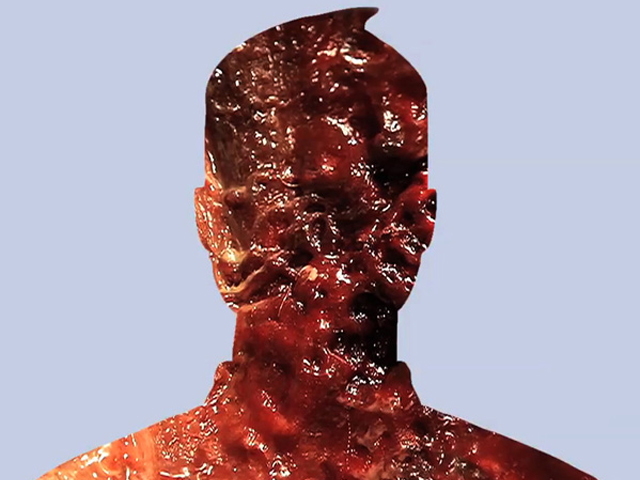
Meat Friends on the Internet (2014)
The icon for a blank Facebook profile is re-configured to appear as a head consisting of visceral meat, layers of fat and tissue. This newly imagined Facebook profile is grounded not in the non body of a virtual place marker but the individual profile as bodily materiality.While Facebook results in the over sharing of personal information, such a notion is perversely represented here as the skinned human body – the veneer of our exterior selves broken down and our interiors revealed, left on display within the network of social media.
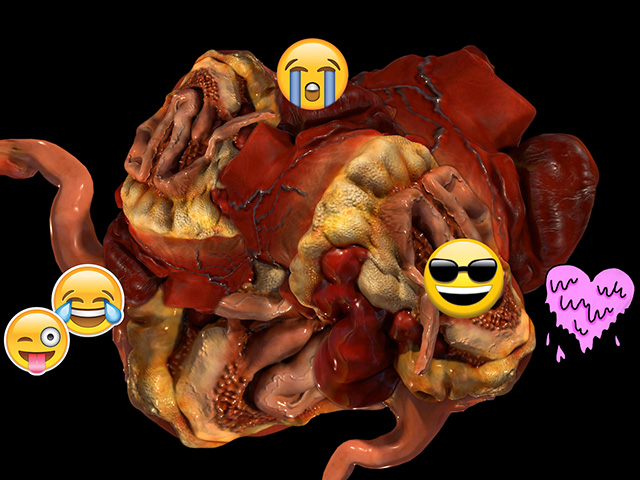
Organphilia:
A Lover of Organs (2017)
Organphilia depicts a new kind of internal human organ: a mutation that is part liver, colon, heart, kidneys and adrenal glands. Organphilia depicts the impossible fantasy of the internal body. An organ that has new kinds of untapped uses and functions while reconfiguring the bodies’ biology.
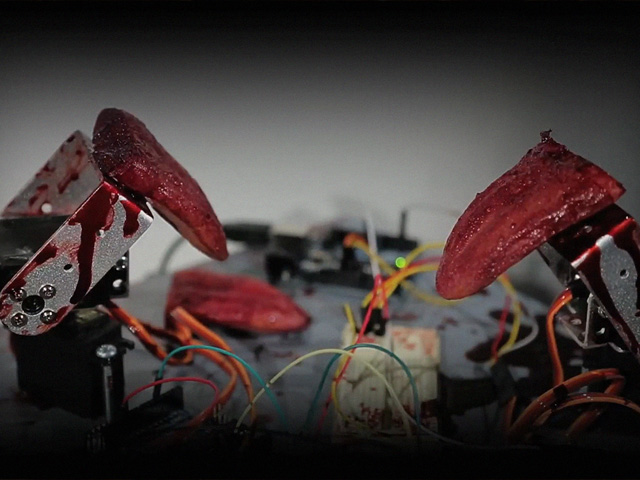
Automated Tongues
(Good Taste) (2016)
The work consists of electronically automated tongues: Good taste as a culturally programmed and automated/mechanical response.
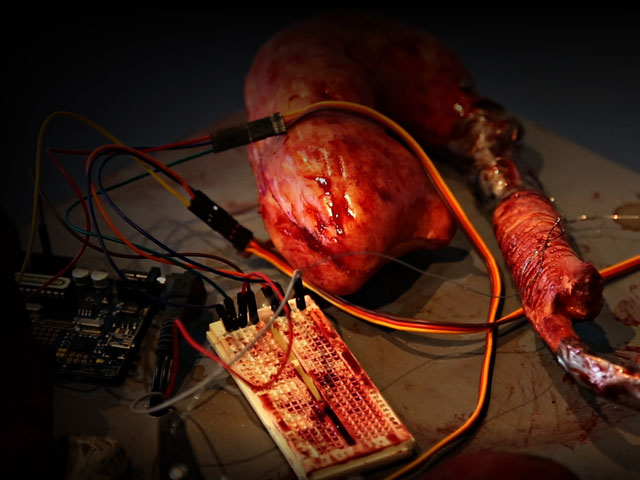
Blood Brain Barrier (2015)
The body without a body…The body as parts, broken down, dis-organised and re-assembled. The real body, the abject body, the unreal body.
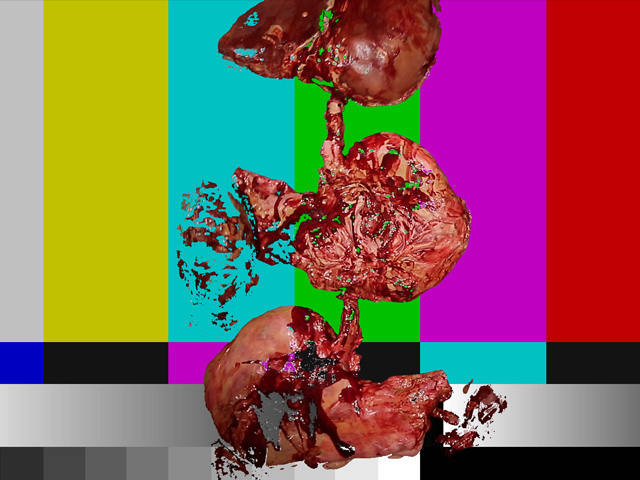
Human Test Pattern (2015)
The mediated body: New human biology in a state of progress, waiting to begin. The new DNA program will commence shortly.
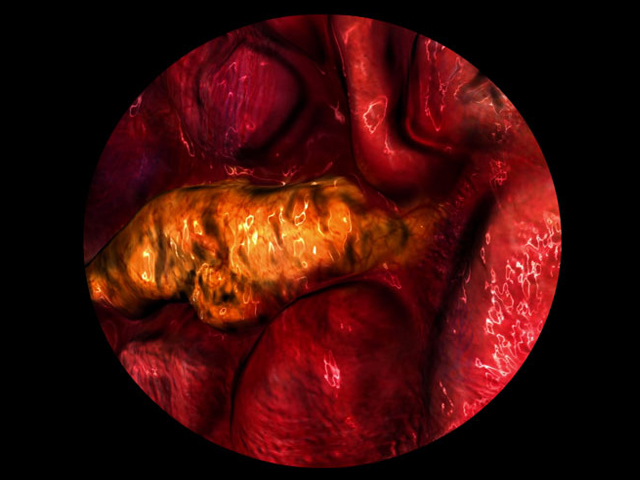
Fleshify the World: Planet of the Inner Body (2014)
Framed as a series of oversized endoscope or colonoscopy videos – The inner body is represented as an alien planet, unexplored as an unknowable zone of otherness. The inner space of the body as alien terrain.
The inner body is often unseen, off limits and hidden from view: the inverse to the over visibility of our exterior selves. Fleshify the World: Planet of the Inner Body is a work that revels in the strangeness of our messy and wet interiors.
My view of the interior body here is not only alien, but potentially post human, an endoscope onto the future body, that is part human and part something else…
Three video projectors project the work in a space onto 3 different walls, surrounding the viewer in visceral body interiors. Normally endoscopes and colonoscopy videos are used for clinical and diagnostic purposes, however my work explores such terrain for its visceral aesthetic potential. The work is accompanied by a soundtrack.
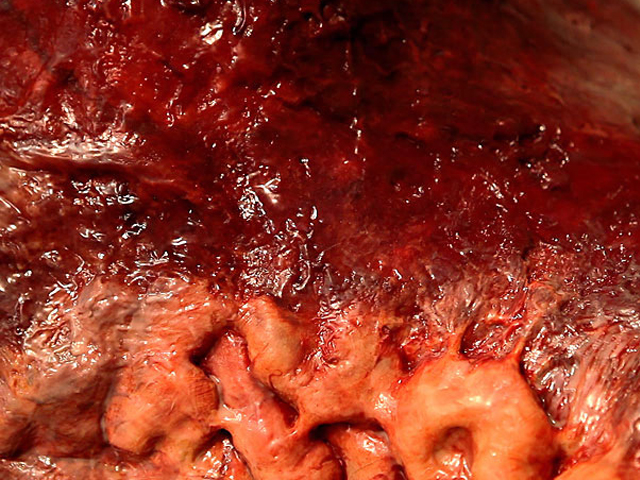
Skin Freak (2012)
The video screen as a portal to visceral bodily material and matter is played out in Skin Freak. The screen as an extension of our own viscera, a new biological/technological outgrowth of our corporeal bodies. Skin Freak offers a textural exploration of the surface and skin of some kind of creature. Slowly breathing, the skin appears closer to raw exposed meat, opposed to the smooth perfection of the idealized texture of the flesh. In Darwinian terms we are just chunks of meat and we don’t look like evolving anytime soon. A short video excursion into the abject bodily surface of flesh, meat and screen.
Li Zhenhua has been active in the artistic field since 1996, his practice mainly concerning curation, art creation and project management. He is also a professional chef with an ongoing program of food art events. Amongst many other accomplishments, since 2010 he has been the nominator for the Summer Academy at the Zentrum Paul Klee Bern (Switzerland), as well as for The Prix Pictet (Switzerland). He is a member of the international advisory board for the exhibition “Digital Revolution”, at the Barbican Centre, London, in 2014. In 2014 he also co-curated MOMENTUM’s exhibition “PANDAMONIUM: Video Art from Shanghai”. Since 2014, Li Zhenha has been the Film Curator for Art Basel Hong Kong. In 2016, he was the Artistic Director of the “First New New Media Festival” in Guandong, China, and in 2017 he was the Artistic Director of the opening exhibition of the A4 Art Museum in Chengdu, China. Li Zhenhua has edited several artists’ publications, including “Yan Lei: What I Like to Do” (Documenta, 2012), “Hu Jieming: One Hundred Years in One Minute” (2010), “Feng Mengbo: Journey to the West” (2010), and “Yang Fudong: Dawn Mist, Separation Faith” (2009). A collection of his art reviews has been published under the title “Text” in 2013. http://www.bjartlab.com | http://www.msgproduction.com
Us

2 eggs, honey, sugar, oil, soya sauce
dimension variable
2017
Honey, lets have some soya sauce.
Sugar, lets just wait for the sunset.
Its just a morning, another morning, the sunlight is bright, hope no ants will come to us, its ticklish and dirty, hope mouses shall stay away, they shall take us apart, hope birds only sing for us, its a beautiful day.
Goat Head Soup (2009):
This early video work by Mariana Hahn was made while she was a student in London. Having visited the meat market in Covent Garden at dawn, she returns to her studio with the head of goat, which she proceeds to make into an artwork.
BIO
Berlin-based German performance and multi-media artist Mariana Hahn is currently showing in the 57th Venice Biennale collateral event An Ocean Archive. Hahn studied theater at ETI in Berlin and has a degree in Fine Art from Central St. Martins in London (2012). Along with many international exhibitions, following her performance of I Sweat You in MOMENTUM’s emerging artist series About Face (2012), Hahn has twice more exhibited in the gallery: Burn My Love, Burn, which was shown as part of the exhibition Missing Link (2013), and Empress of Sorrow, commissioned and performed during MOMENTUM’s month-long performance series Works on Paper (2013).
One of the great Czech filmmakers, Jan Svankmajer was born in 1934 in Prague where he still lives. He trained at the Institute of Applied Arts from 1950 to 1954 and then at the Prague Academy of Performing Arts (Department of Puppetry). He soon became involved in the Theatre of Masks and the famous Black Theatre, before entering the Laterna Magika Puppet Theatre where he first encountered film. In 1970 he met his wife, the surrealist painter Eva Svankmajerova, and the late Vratislav Effenberger, the leading theoretician of the Czech Surrealist Group, which Svankmajer joined and of which he still remains a member. Svankmajer made his first film in 1964 and for over thirty years has made some of the most memorable and unique animated films ever made, gaining a reputation as one of the world’s foremost animators, and influencing filmmakers from Tim Burton to The Brothers Quay.
His brilliant use of claymation reached its apotheosis with the stunning 1982 film Dimensions of Dialogue. In 1987 Svankmajer completed his first feature film, Alice, a characteristically witty and subversive adaptation of Alice in Wonderland, and with the ensuing feature films Faust, Conspirators of Pleasure, Little Otik, and Lunacy in 2005 Svankmajer has moved further away from his roots in animation towards live-action filmmaking, though his vision remains as strikingly surreal and uncannily inventive as ever. He has also exhibited his drawings, collages and ‘tactile sculptures’, many of which were produced in the mid-1970s, when he was temporarily banned from film-making by the Czech authorities. His films are shown in major museums worldwide, including at the 54th Biennale of Venice.
Meat Love (1989)
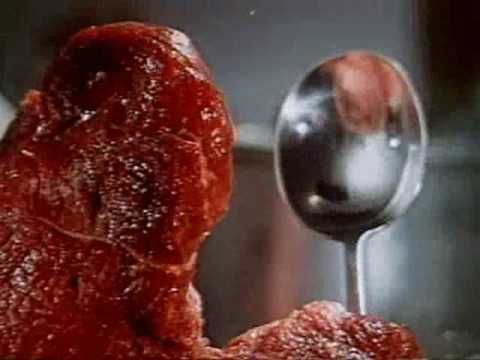
A knife chops two slices off a chunk of fresh meat. The first slice, using a nearby spoon as a hand mirror, admires itself. Similar admiration is expressed by the second slice, which slaps the first slice on its ‘rear’, causing it to cry out and retreat coyly behind a tea-towel. The second slice switches on the radio, and persuades its companion to dance ‘cheek to cheek’ to the sound of an old 1920s recording.
One slice jumps into a plate of flour and teasingly ‘splashes’ the other. Soon, the two slices are writhing ecstatically in the flour. Their passion is short-lived, however, as almost immediately afterwards they are skewered and fried.
BEATING THE MEAT ARTIST TALK AND CONCEPTUAL COOKING:
INSTALLATION VIEWS
Photo Credit: Leslie Ranzoni
OPENING VIEWS
Photo Credit: Leslie Ranzoni
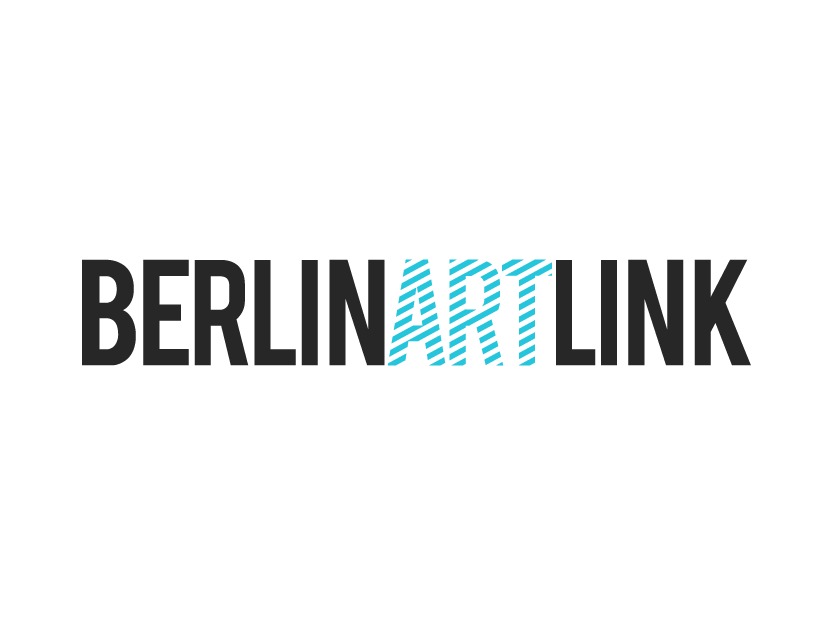 |
 |
 |
 |


 Back to Homepage
Back to Homepage